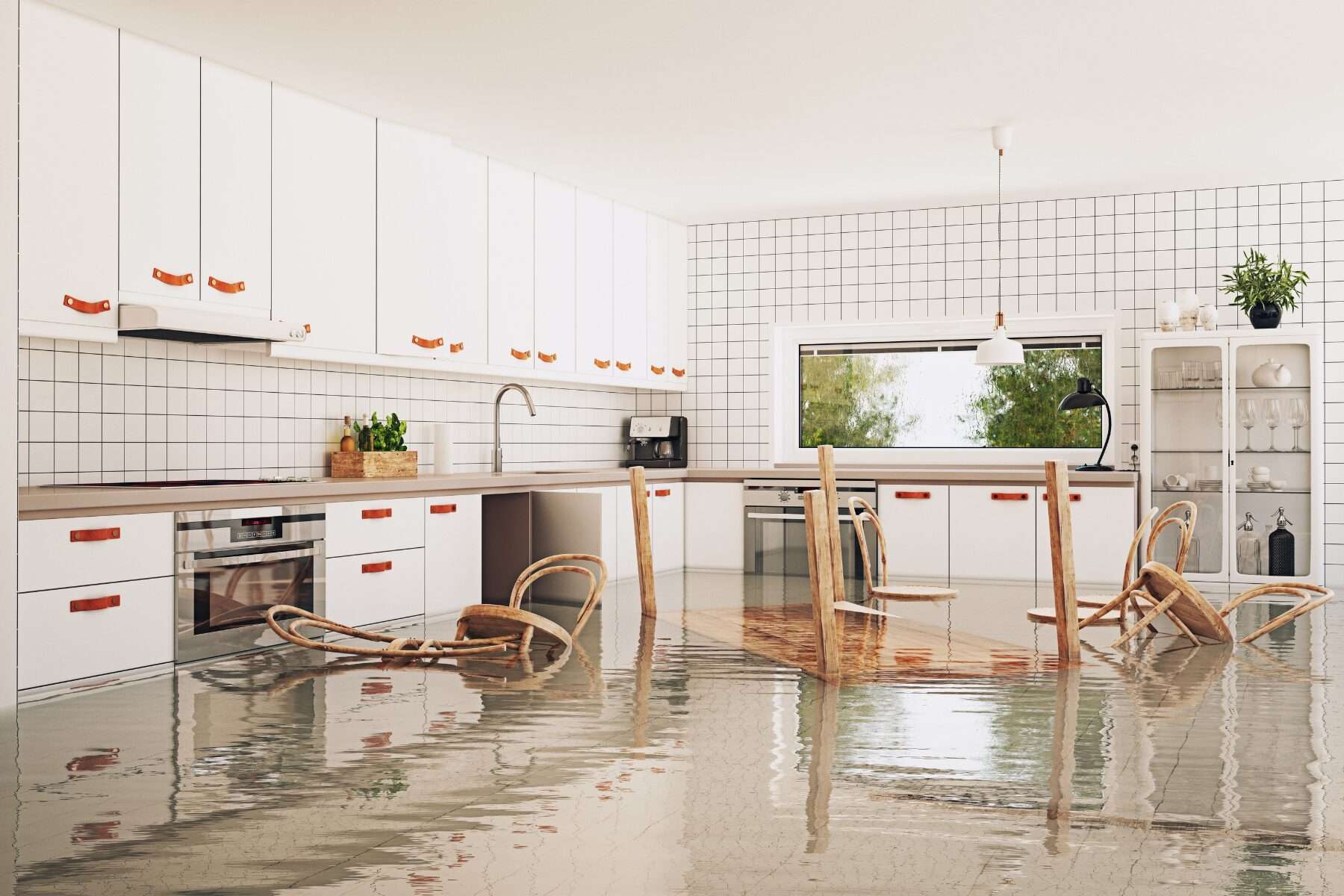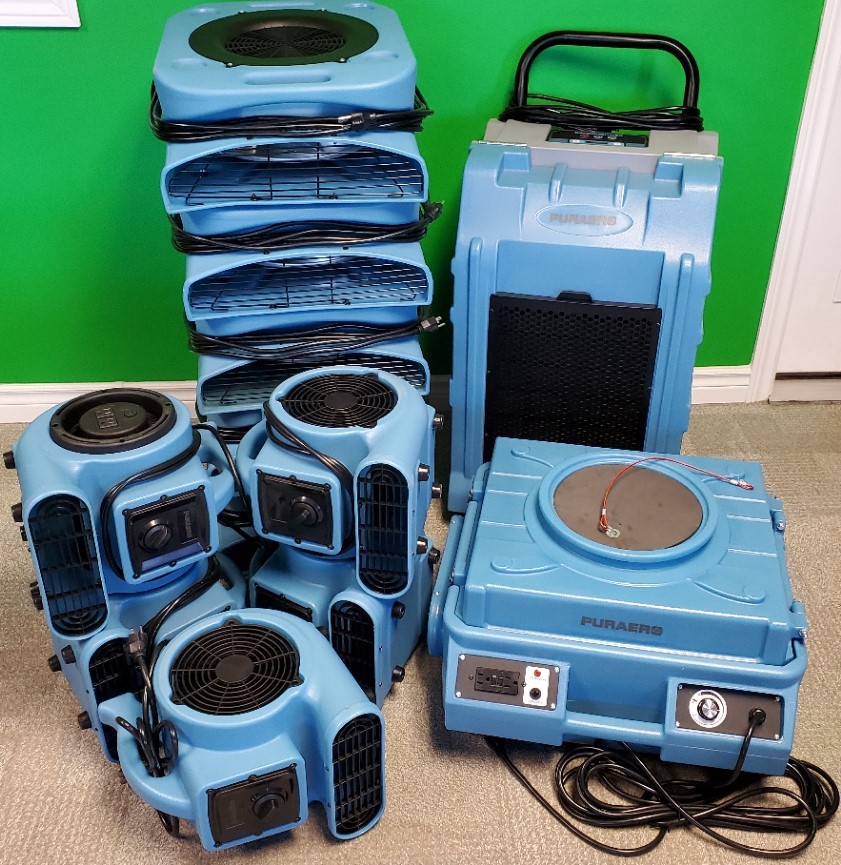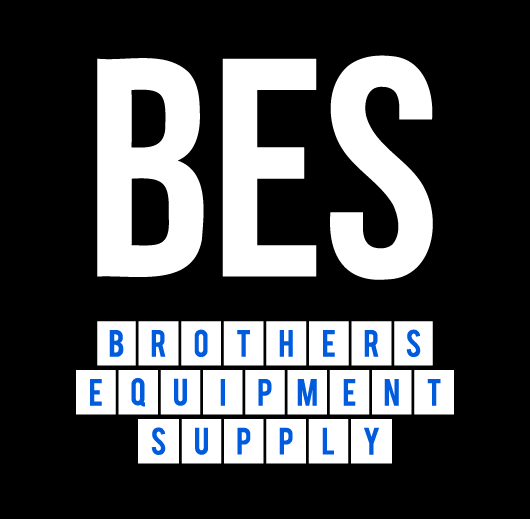
Emergency Moisture Removal: Essential Steps for Canadian Homeowners and Businesses
Emergency Moisture Removal: Essential Steps for Canadian Homeowners and Businesses
By: Brothers Equipment And Supply
Canada’s diverse climate, with its cold winters and wet springs, makes moisture-related emergencies a common challenge for homeowners and businesses alike.
Whether it’s caused by flooding, burst pipes, or heavy rainfall, excess moisture can lead to significant damage if not addressed immediately. Acting quickly to remove moisture is crucial to prevent long-term damage, mould growth, and health risks.
This guide provides a comprehensive overview of emergency moisture removal, outlining the steps you need to take to protect your property and ensure a safe environment.
Let’s get right into it!
Understanding the Importance of Emergency Moisture Removal
Why Immediate Action is Crucial
When water infiltrates your home or business, time is of the essence. Within just 24 to 48 hours, moisture can cause significant damage to building materials, leading to costly repairs.
According to the Institute of Inspection, Cleaning and Restoration Certification (IICRC), quick response is essential to prevent the spread of mould, which can begin growing in damp environments within 48 hours. Immediate action not only minimises structural damage but also reduces the risk of health issues caused by mould and bacteria.
Common Causes of Moisture Emergencies
In Canada, moisture emergencies can result from various scenarios, including:
- Flooding: Heavy rains, rapid snowmelt, or river overflows can lead to basement flooding, particularly in low-lying areas.
- Burst Pipes: Cold winters increase the risk of frozen pipes, which can burst and release large amounts of water into your home.
- Roof Leaks: Accumulation of snow and ice on roofs can cause ice dams, leading to leaks and water damage.
- Sewer Backups: Heavy rainfall or clogged sewers can cause sewage to back up into basements, requiring immediate attention.
The Risks of Ignoring Moisture
Ignoring moisture problems can lead to severe consequences. Prolonged exposure to moisture can cause wood to rot, metal to corrode, and drywall to disintegrate. Additionally, untreated moisture creates the perfect environment for mould growth, which can spread rapidly and compromise indoor air quality. Mould exposure is linked to various health issues, including respiratory problems, allergies, and asthma, according to Health Canada.
Step-by-Step Guide to Emergency Moisture Removal
Step 1: Ensure Safety First
Before you start the moisture removal process, ensure the safety of everyone involved. Turn off electricity and gas to prevent electrical shocks or fires, especially if water has come into contact with outlets or appliances. Wear protective gear, such as gloves, masks, and waterproof boots, to shield yourself from contaminants, particularly if sewage is involved.
Step 2: Identify the Source of Moisture
Quickly identifying the source of moisture is critical. Check for obvious sources like burst pipes, roof leaks, or external flooding. If you can’t locate the source, consult a professional. If the water is coming from a burst pipe, shut off the main water supply immediately. For roof leaks, use tarps or plastic sheeting to cover the damaged area temporarily.
Step 3: Remove Standing Water
Once the source is controlled, focus on removing standing water. Use water pumps, wet/dry vacuums, and buckets to remove large volumes of water as quickly as possible. Standing water can seep into floors, walls, and foundations, causing extensive damage if not addressed promptly. For smaller areas, a wet/dry vacuum can be effective, while larger areas may require a submersible pump.
Step 4: Dry Out the Area
After removing standing water, the next step is to thoroughly dry the affected area. Dehumidifiers, fans, and heaters are essential tools for this process. Dehumidifiers help reduce humidity levels, preventing further damage and inhibiting mould growth. Position fans to promote air circulation, and open windows and doors to enhance ventilation. In cold weather, use heaters to speed up the drying process.
Step 5: Remove Damaged Materials
Water-damaged materials such as carpets, drywall, and insulation should be carefully removed and disposed of. These materials can harbour mould and bacteria, which can spread if not properly handled. Assess which items can be salvaged and which must be discarded. For example, drywall that has absorbed water should be replaced, while solid wood furniture may be salvageable after thorough drying and cleaning.
Step 6: Clean and Disinfect
Once the area is dry, it’s important to clean and disinfect all surfaces to prevent the growth of mould and bacteria. Use appropriate cleaning agents for different materials—bleach solutions are effective for non-porous surfaces, while specialised cleaners are available for wood and upholstery. Ensure that all surfaces are thoroughly disinfected, especially in areas where water contamination was severe.
Step 7: Monitor for Mould
In the days and weeks following the moisture removal, closely monitor the affected area for signs of mould growth. Common indicators include musty odours, discoloured spots on walls or ceilings, and persistent dampness. If you detect mould, act quickly to remove it, as it can spread rapidly and cause health issues. In cases of extensive mould growth, it’s advisable to hire a professional mould remediation service.
Water Pumps and Wet/Dry Vacuums
Water pumps and wet/dry vacuums are essential for removing large volumes of water efficiently. Submersible pumps are particularly useful for deep water removal, such as in flooded basements, while wet/dry vacuums are ideal for smaller areas and surfaces.
Dehumidifiers and Air Movers
Dehumidifiers play a crucial role in reducing humidity levels and drying out the affected area. High-capacity dehumidifiers are recommended for large spaces or areas with significant water damage. Air movers, or industrial fans, help circulate air and accelerate the drying process, particularly in hard-to-reach areas like under flooring or inside walls.

Moisture Meters
Moisture meters are valuable tools for assessing the extent of water damage and monitoring the drying progress. These devices measure the moisture content in materials, helping you determine when an area is fully dry and safe from mould risk.
Protective Gear
Safety should always come first during moisture removal. Essential protective gear includes gloves, masks, waterproof boots, and protective eyewear. This gear protects you from potential hazards such as contaminants, sharp objects, and slippery surfaces.
Recognising Severe Damage
Certain situations may require professional intervention, especially when dealing with severe damage or extensive mould growth. Signs that indicate the need for professional help include significant structural damage, large-scale water intrusion, and visible mould over a large area. If you’re unsure about the extent of the damage or how to proceed, it’s better to consult a professional moisture removal service.
Choosing a Professional Service
When selecting a professional service, look for companies with certifications from recognised bodies such as the IICRC. Check online reviews, ask for references, and ensure the company has experience dealing with moisture emergencies similar to yours. Reputable companies will provide a detailed assessment and a clear plan for remediation.
Cost Considerations
The cost of professional moisture removal can vary depending on the severity of the damage, the size of the affected area, and the services required. While professional services can be expensive, they often save money in the long run by preventing further damage and ensuring thorough remediation. It’s important to get a detailed estimate before work begins and understand what is included in the service.
Routine Inspections and Maintenance
Regular inspections and maintenance can help prevent moisture emergencies before they occur. Inspect your roof, plumbing, and drainage systems regularly, especially before winter and during heavy rain seasons. Address any minor issues promptly to avoid costly repairs later.
Upgrading Home Infrastructure
Consider upgrading your home’s infrastructure to reduce the risk of future moisture problems. Installing sump pumps, upgrading to more durable roofing materials, and improving insulation can all help protect your home from water damage. In addition, installing backflow valves can prevent sewer backups during heavy rain.
Emergency Preparedness
Being prepared for a moisture emergency can make a significant difference in your response time. Keep essential tools and supplies on hand, such as sandbags, tarps, and portable pumps. Have a plan in place for how to shut off water, gas, and electricity in an emergency, and ensure all household members are familiar with it.
Conclusion
Emergency moisture removal is a critical process that requires immediate and effective action to prevent further damage to your home or business.
By following the steps outlined in this guide—ensuring safety, identifying the source of moisture, removing standing water, drying the area, and cleaning thoroughly—you can mitigate the risks associated with moisture emergencies. Remember, prevention is key, so take proactive measures to protect your property from future moisture problems.
FAQs
- What are the first steps to take when dealing with a moisture emergency?
- First, ensure safety by turning off electricity and gas. Then, identify the source of moisture and stop it if possible. Begin removing standing water and start drying out the area immediately.
- How can I tell if water damage is severe enough to require professional help?
- Signs of severe water damage include significant structural damage, large-scale water intrusion, and visible mould growth over a large area. If you’re unsure, it’s best to consult a professional.
- What tools do I need for effective emergency moisture removal?
- Essential tools include water pumps, wet/dry vacuums, dehumidifiers, air movers, moisture meters, and protective gear.
- How long does it take for mould to develop after a moisture emergency?
- Mould can begin to develop within 24 to 48 hours after a moisture event. This is why it’s crucial to start the drying process as soon as possible.
- Can I use a regular household fan to dry out a flooded area?
- While household fans can help, they are not as effective as industrial air movers or dehumidifiers. For large or severely affected areas, it’s better to use more powerful equipment.
- Is it safe to stay in a house after a major water leak or flood?
- It depends on the extent of the damage. If there’s a risk of electrical hazards, significant structural damage, or severe mould growth, it’s safer to stay elsewhere until the area is properly remediated.
- How do I prevent electrical hazards during moisture removal?
- Turn off electricity to the affected area before beginning moisture removal. Use only battery-operated equipment or equipment designed for wet conditions.
- What should I do if I discover mould after a moisture emergency?
- If you discover mould, take immediate steps to remove it using appropriate cleaning solutions. If the mould covers a large area or is of a toxic variety, contact a professional for remediation.
- How can I prevent moisture emergencies during heavy rainfall?
- Ensure your home is properly sealed and maintained. Clean gutters regularly, inspect the roof for leaks, and consider installing backflow valves to prevent sewer backups.
- Are there any government resources or assistance available for moisture damage in Canada?
- Yes, depending on the situation, there may be assistance available through federal, provincial, or municipal programs, especially after widespread flooding or natural disasters. Check with local authorities for available resources.
By following these guidelines, Canadian homeowners and businesses can effectively manage and mitigate the risks associated with moisture emergencies, ensuring a safer and more secure environment.
If you have any questions about our article “Emergency Moisture Removal: Essential Steps for Canadian Homeowners and Businesses” or need water damage equipment contact us at sales@brothers-equipment.com or chat with us on social media or LiveChat.

